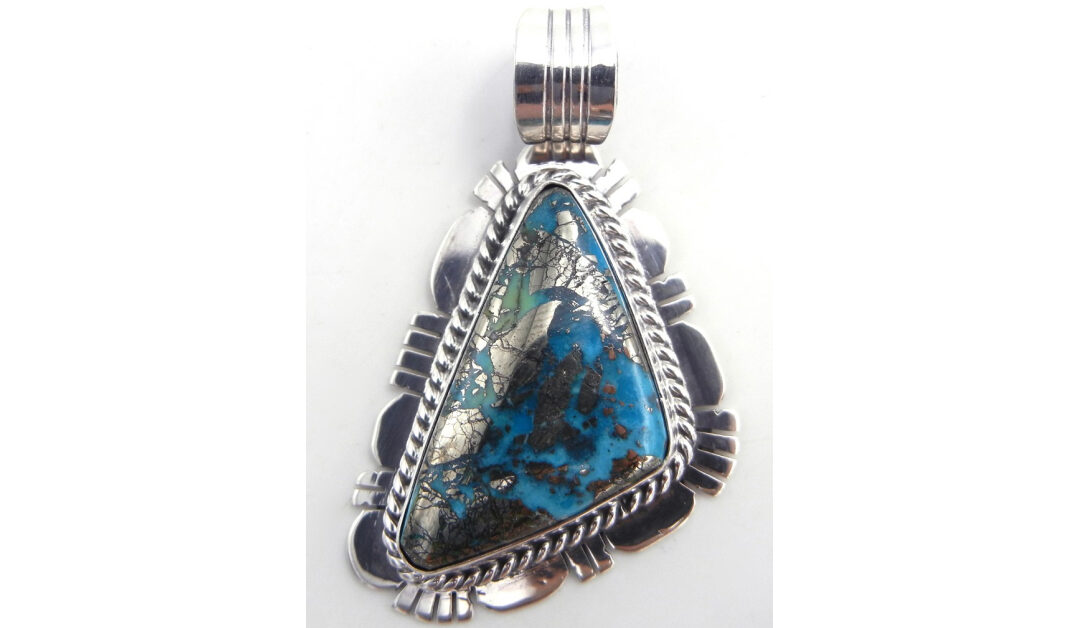The history of Navajo jewelry is as rich and intricate as the pieces themselves. Rooted in centuries of tradition and culture, Navajo jewelry has become a symbol of artistry and identity. This blog explores the origins, meanings, and cultural significance of Navajo jewelry, as well as tips on how to identify authentic pieces. By delving into the history of Navajo jewelry, we can better appreciate the skill and cultural heritage that each piece represents.
Understanding the Origin of Navajo Jewelry
The origin of Navajo jewelry dates back to the 19th century, influenced by Spanish silversmiths who introduced the craft to the Navajo people. Initially, Navajo artisans crafted simple silver items, but over time, they began to incorporate their unique symbols and motifs, giving rise to what is now recognized as traditional Navajo jewelry. The Navajo origin of this craft is deeply connected to their cultural practices, where jewelry was not merely decorative but held significant meaning, often representing status, wealth, and spirituality within the community.
The influence of neighboring tribes, such as the Zuni and Hopi, also played a role in the development of Navajo jewelry. These interactions enriched the Navajo jewelry history by introducing new techniques and materials, including the use of turquoise, which would become a hallmark of Navajo jewelry.
The Meaning of Turquoise in Navajo Jewelry
Turquoise in Navajo culture is not just a gemstone; it is a sacred element imbued with deep spiritual significance. Known as “Doo tl’izh ii,” turquoise is believed to bring good fortune, protection, and healing. The Navajo turquoise meaning extends beyond its aesthetic appeal; it is considered a powerful symbol of life, offering a connection to the sky, water, and earth.
Navajo turquoise jewelry often features intricate designs where turquoise is set in silver, creating pieces that are both beautiful and meaningful. The stone’s color ranges from light blue to deep green, symbolizing the sky and the earth, respectively. For the Navajo people, wearing turquoise jewelry is a way to honor their ancestors and connect with the natural world.
How To Identify Navajo Jewelry
For those interested in collecting or purchasing authentic Navajo jewelry, it’s important to know how to identify genuine pieces. The hallmark of traditional Navajo jewelry is its craftsmanship, often characterized by the use of sterling silver, turquoise, and distinctive Navajo symbols. Here are some tips on how to identify Navajo jewelry:
- Materials: Authentic Navajo jewelry is typically made from sterling silver, turquoise, and occasionally coral, jet, or shell. If you’re wondering, ‘What is Navajo jewelry made of?’, these are the primary materials to look for.
- Craftsmanship: Look for intricate, handcrafted designs. Machine-made jewelry lacks the personal touch and detail that Navajo artisans are known for. Authentic pieces will have slight imperfections, indicating they were crafted by hand.
- Hallmarks: Many Navajo artisans stamp their work with a hallmark, often their initials or a unique symbol. These marks are usually found on the back of the piece.
- Designs: Traditional Navajo jewelry features designs like the squash blossom, naja (crescent-shaped pendants), and various animal symbols, all of which have cultural significance.
By understanding these characteristics, you can better appreciate and ensure the authenticity of the Navajo jewelry you acquire.
The Culture of Navajo Jewelry
The culture of Navajo jewelry is a testament to the Navajo people’s resilience, creativity, and connection to their heritage. Jewelry-making is not just a craft but a cultural expression that has been passed down through generations. Each piece tells a story, whether it’s a connection to the land, a representation of Navajo beliefs, or a reflection of personal identity.
Navajo jewelry symbols play a crucial role in conveying these stories. For example, the use of animals like bears and eagles represents strength and freedom, while the thunderbird symbolizes power and protection. These symbols are deeply rooted in Navajo cosmology and are often integrated into jewelry designs to convey specific messages or blessings to the wearer.
The tradition of jewelry-making has also been a source of economic stability for the Navajo people, with artisans selling their work both within their communities and to collectors around the world. Despite the commercialization of their craft, the Navajo have maintained a strong connection to their cultural roots, ensuring that each piece of jewelry remains a true representation of their heritage.
Whether you’re a collector or simply someone who admires the beauty of authentic Navajo jewelry, knowing how to identify genuine pieces ensures that you are acquiring a piece of history and culture.
For more information on Navajo jewelry and to explore our collection, contact Palms Trading today. The knowledgeable staff at our Native American crafts trading company is here to help you find the perfect piece that resonates with the rich culture of Navajo artistry.



